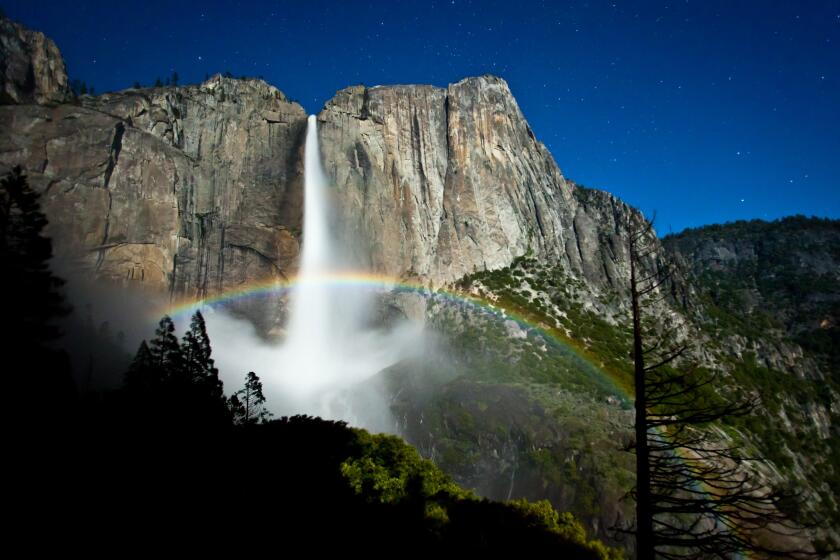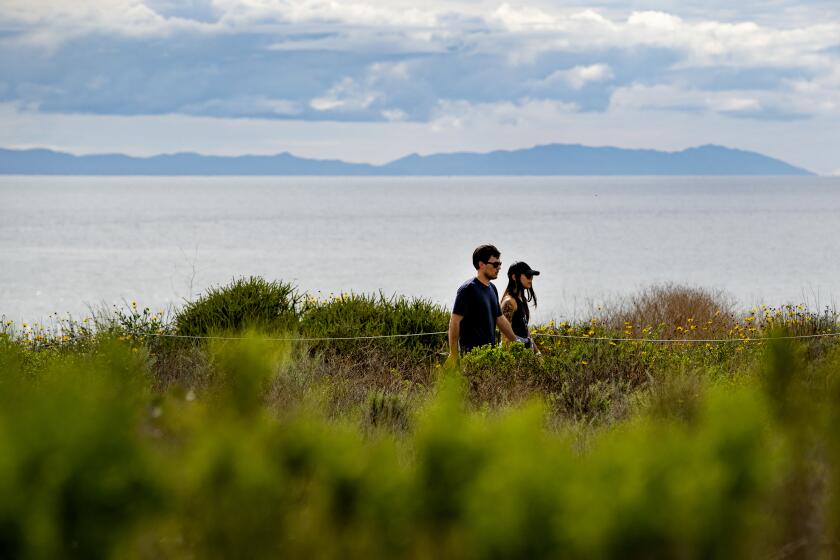LANDMARKS/COUNTY HISTORICAL SITES : From the Chumash to a Scottish Rancher
HISTORY: The Simi Adobe was probably built by Spanish soldier Santiago Pico around 1795. In 1893, a Scotsman and rancher, Robert P. Strathearn, built a Victorian ranch house at the site, converting the mud structure into the ranch house kitchen and dining room.
* LOCATION: Robert P. Strathearn Historical Park, 137 Strathearn Place, Simi Valley.
* HOURS: Guided tours are conducted Saturdays and Sundays from 1 to 4 p.m. and Wednesdays at 1 p.m. For information call 526-6453.
The Chumash Indians lived in the area of the Simi Adobe first, in a village called Shimiji (pronounced SHIM--e). In 1795, the Spanish gave 113,000 acres of what is now California land, including the Simi Adobe site, to Spanish soldier Santiago Pico, probably as payment for military service. It was one of the largest land grants awarded.
Pico grazed cattle and established a headquarters there, building a large adobe house. He called the site Rancho San Jose de Nuestra Senora de Altagracia y Simi , a Spanish pronunciation of Shimiji.
In 1842, Rancho Simi was purchased by Jose de la Guerra, a prominent Mexican rancher. The de la Guerra family occupied Rancho Simi until the early 1890s, when it was sold to rancher Robert P. Strathearn. Strathearn built a Victorian ranch house for his wife and seven children, incorporating the adobe structure in the house. The 200-year-old adobe stands today, but is hidden by the white stucco of the Strathearn house wall.
The Strathearn family gave the ranch house and grounds to the Simi Valley Recreation and Park District in 1970. A memorial sits in front of the house, dedicated to the memory of Strathearn and two of his sons who died in a plane crash at sea.
Occasional archeological digs, conducted by community college students, have produced a few Indian rock tools and other artifacts, such as Spanish spurs. Jean Kelley of the Simi Valley Historical Society says that the society hopes to attract further archeological exploration of the site and that they are working on obtaining a grant. She says the small part of the original foundation that has been unearthed indicates that the adobe structure may have been much larger than what exists today.
Sign up for The Wild
We’ll help you find the best places to hike, bike and run, as well as the perfect silent spots for meditation and yoga.
You may occasionally receive promotional content from the Los Angeles Times.



